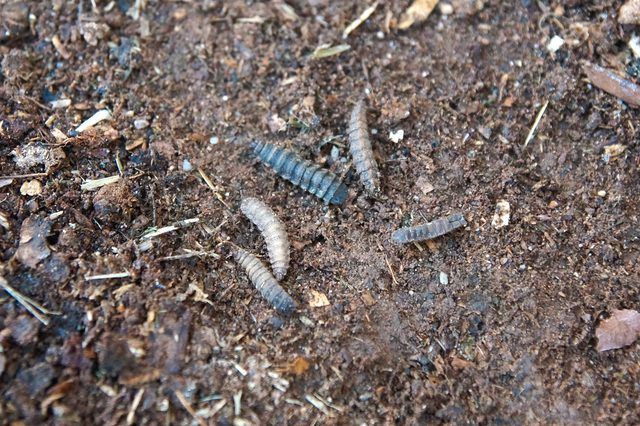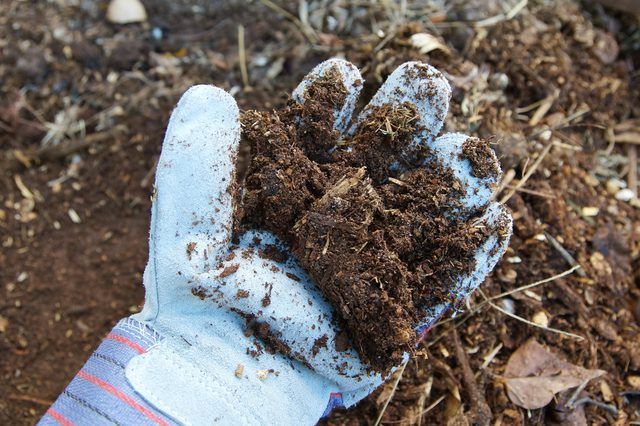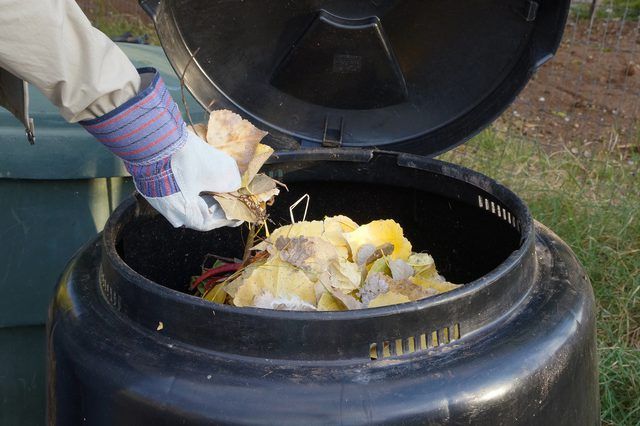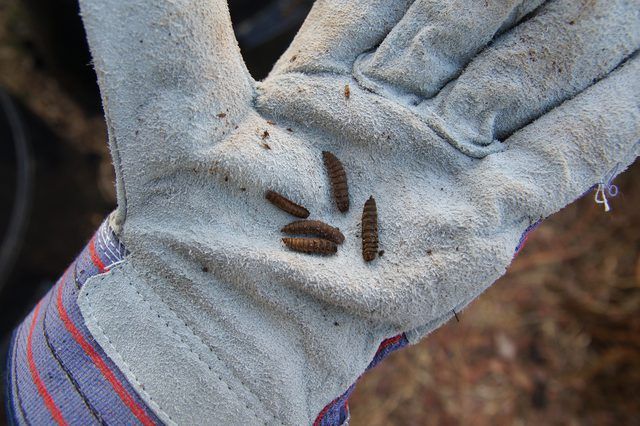Bulbs
Flower Basics
Flower Beds & Specialty Gardens
Flower Garden
Garden Furniture
Garden Gnomes
Garden Seeds
Garden Sheds
Garden Statues
Garden Tools & Supplies
Gardening Basics
Green & Organic
Groundcovers & Vines
Growing Annuals
Growing Basil
Growing Beans
Growing Berries
Growing Blueberries
Growing Cactus
Growing Corn
Growing Cotton
Growing Edibles
Growing Flowers
Growing Garlic
Growing Grapes
Growing Grass
Growing Herbs
Growing Jasmine
Growing Mint
Growing Mushrooms
Orchids
Growing Peanuts
Growing Perennials
Growing Plants
Growing Rosemary
Growing Roses
Growing Strawberries
Growing Sunflowers
Growing Thyme
Growing Tomatoes
Growing Tulips
Growing Vegetables
Herb Basics
Herb Garden
Indoor Growing
Landscaping Basics
Landscaping Patios
Landscaping Plants
Landscaping Shrubs
Landscaping Trees
Landscaping Walks & Pathways
Lawn Basics
Lawn Maintenance
Lawn Mowers
Lawn Ornaments
Lawn Planting
Lawn Tools
Outdoor Growing
Overall Landscape Planning
Pests, Weeds & Problems
Plant Basics
Rock Garden
Rose Garden
Shrubs
Soil
Specialty Gardens
Trees
Vegetable Garden
Yard Maintenance
How To Eliminate Maggots in Compost Bins
How To Eliminate Maggots in Compost Bins. In addition to the millions of microscopic bacteria that decompose the organic waste in a compost bin, a variety of larger creatures helps produce the finished product, including soldier flies. Although beneficial to the composting process, soldier flies can lay eggs in the compost, producing maggots--also...
In addition to the millions of microscopic bacteria that decompose the organic waste in a compost bin, a variety of larger creatures helps produce the finished product, including soldier flies. Although beneficial to the composting process, soldier flies can lay eggs in the compost, producing maggots--also called larvae--which have the singular ability to disgust even the most enthusiastic composters. Grayish-white in appearance, soldier fly maggots are approximately an inch long and wriggle actively, especially when exposed to light. Since these maggots thrive on nitrogen-rich materials, one of the keys to eliminating them from your compost is maintaining a proper balance of carbon materials in the bin.

Things You'll Need
Carbon-rich organic materials
Rubber gloves/tissue
Step 1
Check the moisture level of the compost bin. The aim for compost bin is for it to be the consistency of a wrung-out sponge. If the compost is dripping wet itís too moist.

Step 2
Add carbon-rich materials such as shredded newspaper, cardboard, dead leaves, straw or old hay, to the compost bin to reduce the moisture level and to offset the amount of nitrogen materials.

Step 3
Cover the nitrogen materials in your compost with at least 2 to 4 inches of carbon materials. Bury food scraps and other nitrogen-rich materials thoroughly in the bin.

Step 4
Feed maggots in the compost bin to the birds to help control them. Dump the larvae in a location that is away from buildings so birds can easily find them.
